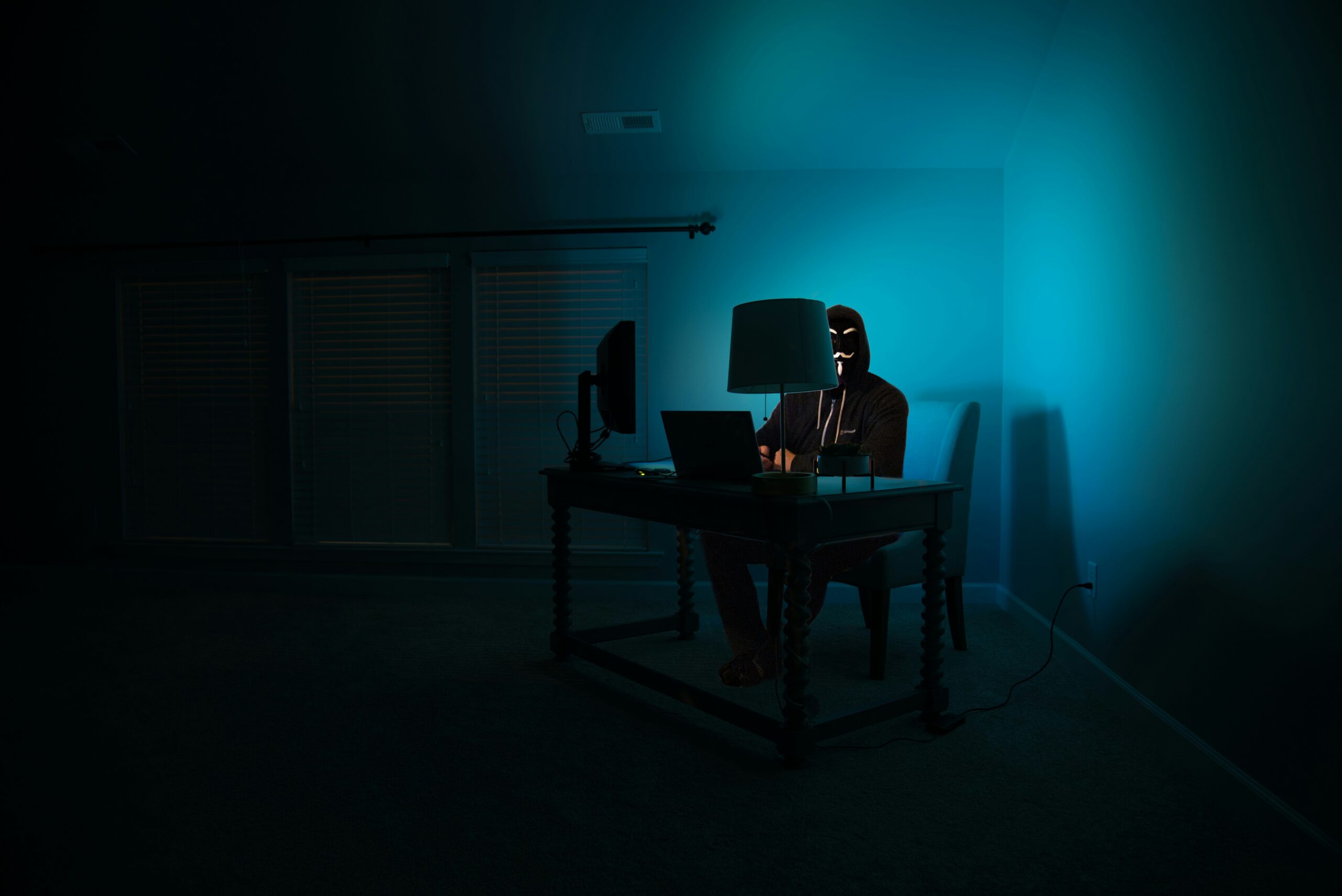On Friday, September 23, 2016, the Second Circuit denied an appeal by former World Wrestling Entertainment, Inc. (WWE) wrestler, William Albert Haynes III (professionally known as Billy Jack) alleging that the corporation intentionally hid the risks of traumatic brain injuries associated with their entertainment offering.[1] The WWE fought the claims, asserting that Haynes’ suit did not meet the proper jurisdiction requirements to move to the appeals court because the district court in Connecticut had not yet certified its ruling as final.[2] The Court reasoned that the claim could not move forward while Mr. Haynes and other wrestlers were still in the process of settling disputes with the WWE in district court.[3] Still, the denial of Haynes’ appeal is not a total loss for the wrestler. It simply means that the panel, which was composed of three circuit court judges, decided that the processes of trial proceedings must be followed to avoid improper steps during civil procedure.
Haynes disagreed with the court’s decision, citing Gelboim v. Bank of America (2015), where the Supreme Court overruled Hageman v. City Investing (1988), holding that appeals may move forward to the higher court, regardless of ongoing or unsettled litigation claims.[4] The Circuit Court rejected Haynes’ argument, stating:
Because the McCullough and Haynes cases, the subjects of the pending motion, were consolidated with other cases in the district court for all purposes, and the Supreme Court in Gelboim explicitly declined to express an opinion on the appealability of a dismissal of one of multiple cases in such a consolidation, Gelboim does not oblige us to reconsider the continuing validity of Hageman.[5]
Regardless of the court’s denial, the issue at hand skirts a fine line between an actionable tort and a claim for which relief cannot be granted.
Mr. Haynes’ claim and attempt for appeal come on the back of the major concussion litigation settlement between former NFL players and the league, which was handed down on April 22, 2015 by the United States District Court for the Eastern District of Pennsylvania.[6] The NFL settlement, approved by District Court Judge Anita Brody, is expected to cost the NFL nearly $1 billion over the life of the payout.[7] The key factor in the more than 20,000-player class action suit against the NFL was the assertion by the players that the league not only had scientific evidence linking football with traumatic brain injury, but also that the league affirmatively hid that information from players.[8] The similarities between Mr. Haynes’ and his colleague’s claims against the WWE and the NFL players against the NFL are plentiful, yet the WWE has repeatedly overcome claims and allegations made by their athletes against them. Federal Judge Vanessa Bryant previously dismissed a class action filed by wresters against the WWE in March 2015, stating that the players’ assertion was, “replete with theoretical allegations of conditions from which a hypothetical person could suffer without alleging that any particular Plaintiff actually suffers from such a condition which has been causally connected by an expert to such Plaintiff’s performance at WWE events.”[9]
Whether Haynes and his fellow wresters have adequate evidence to move forward with their claim remains uncertain, but with the continued dismissal and rejection of numerous courts to allow their pursuit, the facts do not seem to be in the wresters’ favor. Perhaps time will tell if there is indeed merit behind the wrestlers’ accusations against the WWE, but it seems for the moment that the culmination of Haynes’ current suit will have to come first. Whatever the future brings, medical science has come to an overwhelming consensus that repeated trauma to the head can, and in many case does, have long lasting negative effects on the human brain.[10] For the sake of everyone involved, one can only hope that the two sides come to an agreement that the health and safety of the athletes involved in such a massive entertainment conglomerate are most important in the controversy at hand.
Justin Drazin is a second-year law student at the Benjamin N. Cardozo School of Law and a Staff Editor of the Cardozo Arts & Entertainment Law Journal. He is also a legal intern with the Brooklyn Nets and Barclays Center in Brooklyn, New York. https://www.linkedin.com/in/justin-drazin-a4abb827?trk=nav_responsive_tab_profile
[1] Second Circuit Tosses Appeal in Unfinished WWE Concussion Suit. http://www.law360.com/sports/articles/845077/2nd-circ-tosses-appeal-in-unfinished-wwe-concussion-suit?nl_pk=88eb65b2-3154-4a44-a1a0fbc677955c06&utm_source=newsletter&utm_medium=email&utm_campaign=sports (last visited September 27, 2016).
[2] Id.
[3] Id.
[4] See Id.
[5] Id.
[6] Late Appeal Sends NFL Concussion Case to Supreme Court. http://www.espn.com/nfl/story/_/id/17433451/late-appeal-moves-nfl-concussion-case-supreme-court (last visited September 28, 2016).
[7] What’s Next for Each Side After the NFL’s Concussion Settlement? http://www.si.com/nfl/2016/04/18/nfl-concussion-lawsuit-settlement-retired-players (last visited September 28, 2016).
[8] Id.
[9] More than 50 Wrestlers File Suit Against WWE, Claim it Hid Risk of Brain Trauma. http://dailycaller.com/2016/07/19/more-than-50-wrestlers-file-suit-against-wwe-claim-it-hid-risk-of-brain-trauma/ (last visited September 27, 2016).
[10] Ben McGrath. Does Football have a Future? The N.F.L. and the Concussion Crisis. The New Yorker. January 31, 2011. http://www.newyorker.com/magazine/2011/01/31/does-football-have-a-future (last visited September 29, 2016).



